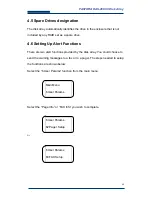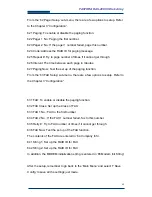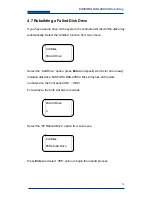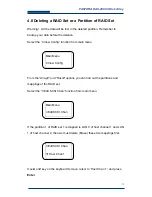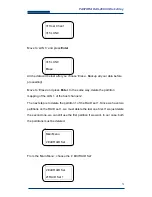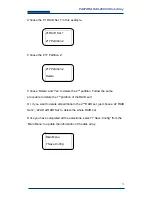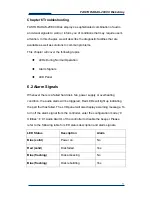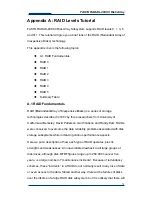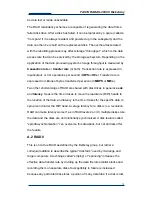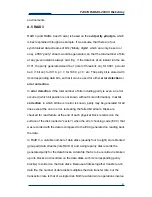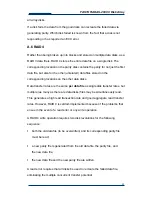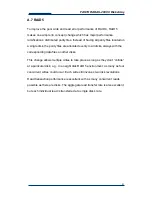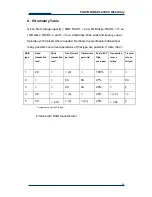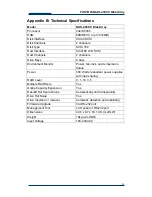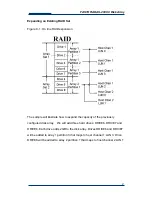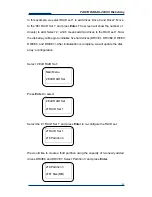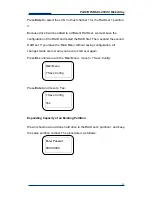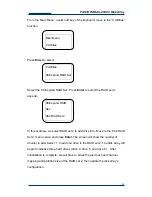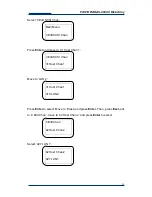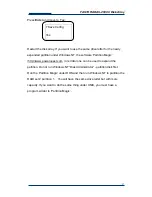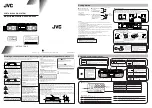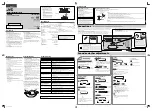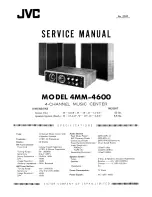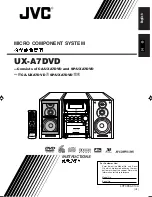
FASTORA DAS-208CC Disk Array
82
all array disks.
If a disk fails, the data from the good disks can recreate the failed data via
generating parity. Which disk failed is known from the fact that a disk is not
responding or has reported an ECC error.
A.6 RAID 4
Rather than being broken up into blocks and stored on multiple data disks, as a
RAID 3 data file is, RAID 4 stores the entire data file on a single disk. The
corresponding location on the parity disk contains the parity for not just the first
data file, but also for the other (unrelated) data files stored on the
corresponding locations on the other data disks.
Data transfer rates are the same
per data file
as single disk transfer rates, but
multiple (as many as there are data disks) files may be simultaneously read.
This generates a high read transaction rate and good aggregate read transfer
rates. However, RAID 4 is seldom implemented because of the problems that
ensue in the event of a read error or any write operation.
A RAID 4 write operation requires two disk revolutions for the following
sequence:
both the old data file (to be overwritten) and its corresponding parity file
must be read;
a new parity file is generated from the old data file, the parity file, and
the new data file;
the new data file and the new parity file are written.
A read error requires that all disks be used to recreate the failed data file,
eliminating the multiple concurrent transfer potential.
Summary of Contents for DAS-208CC
Page 1: ...FASTORA DAS 208CC Disk Array User Guide For Ultra160 to Ultra160 RAID Subsystem V 1 0a ...
Page 23: ...23 FASTORA DAS 208CC Disk Array 3 4 1 Hierarchical Structure of Main Menu ...
Page 28: ...28 FASTORA DAS 208CC Disk Array 249 Partition 4 24A Del RAID Set To delete the RAID set ...

